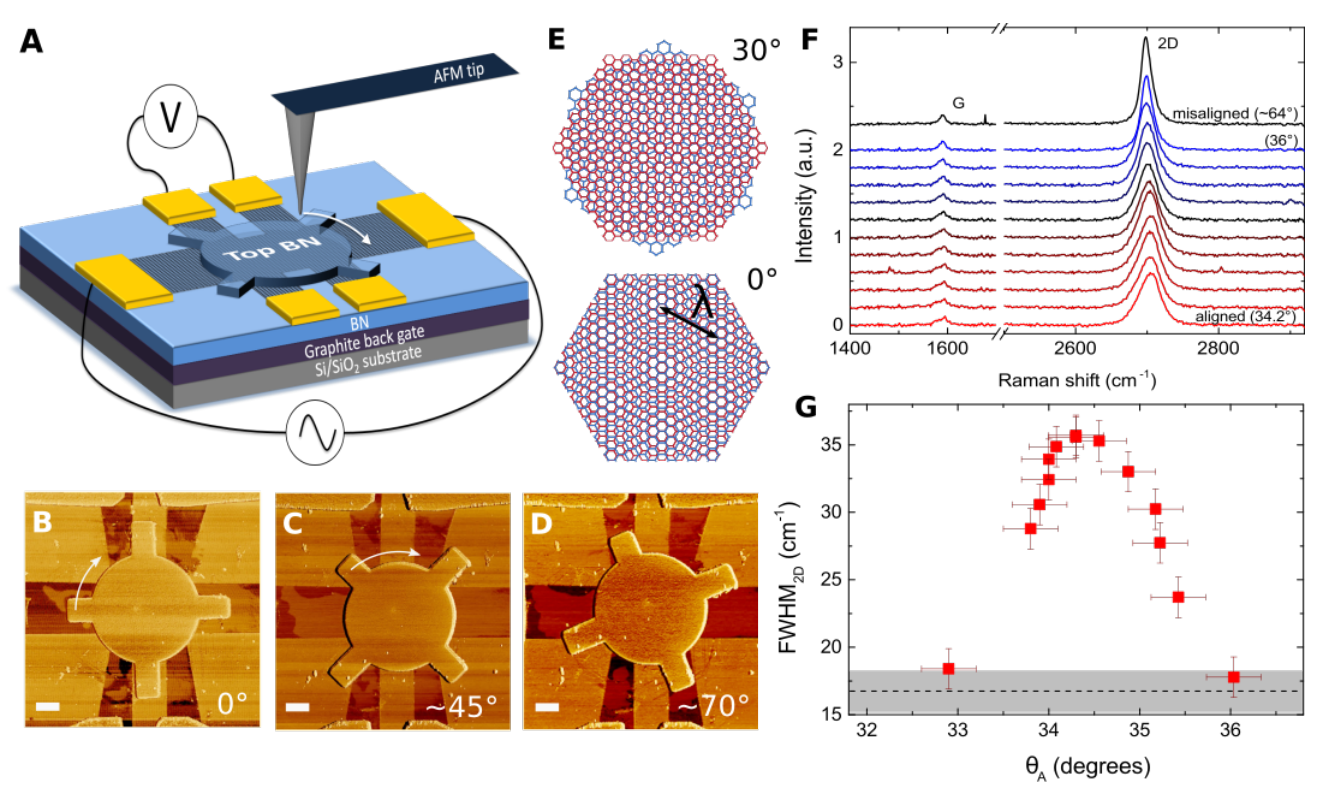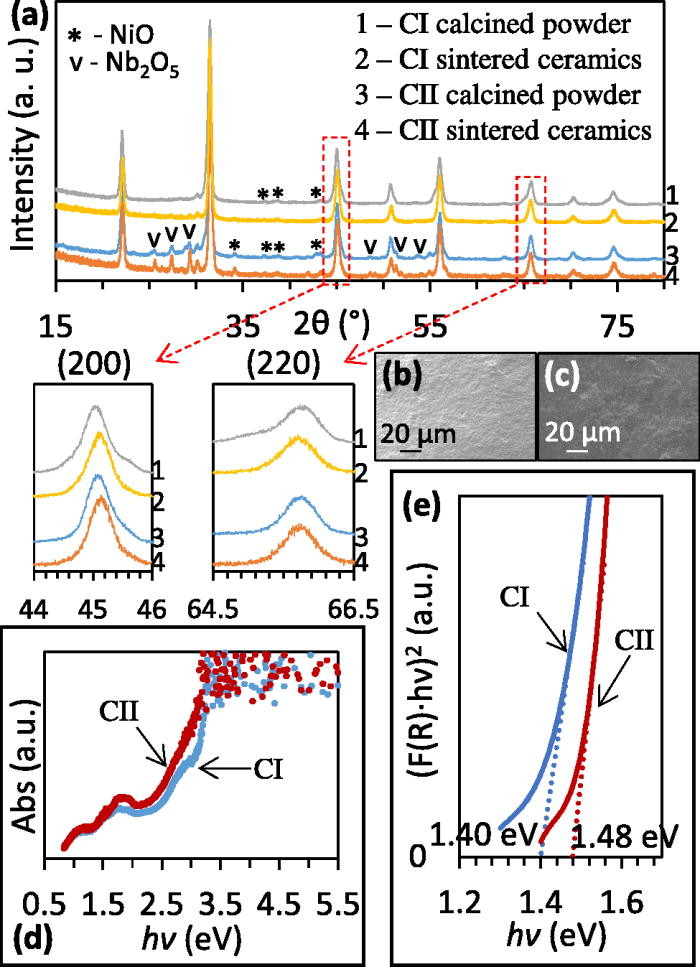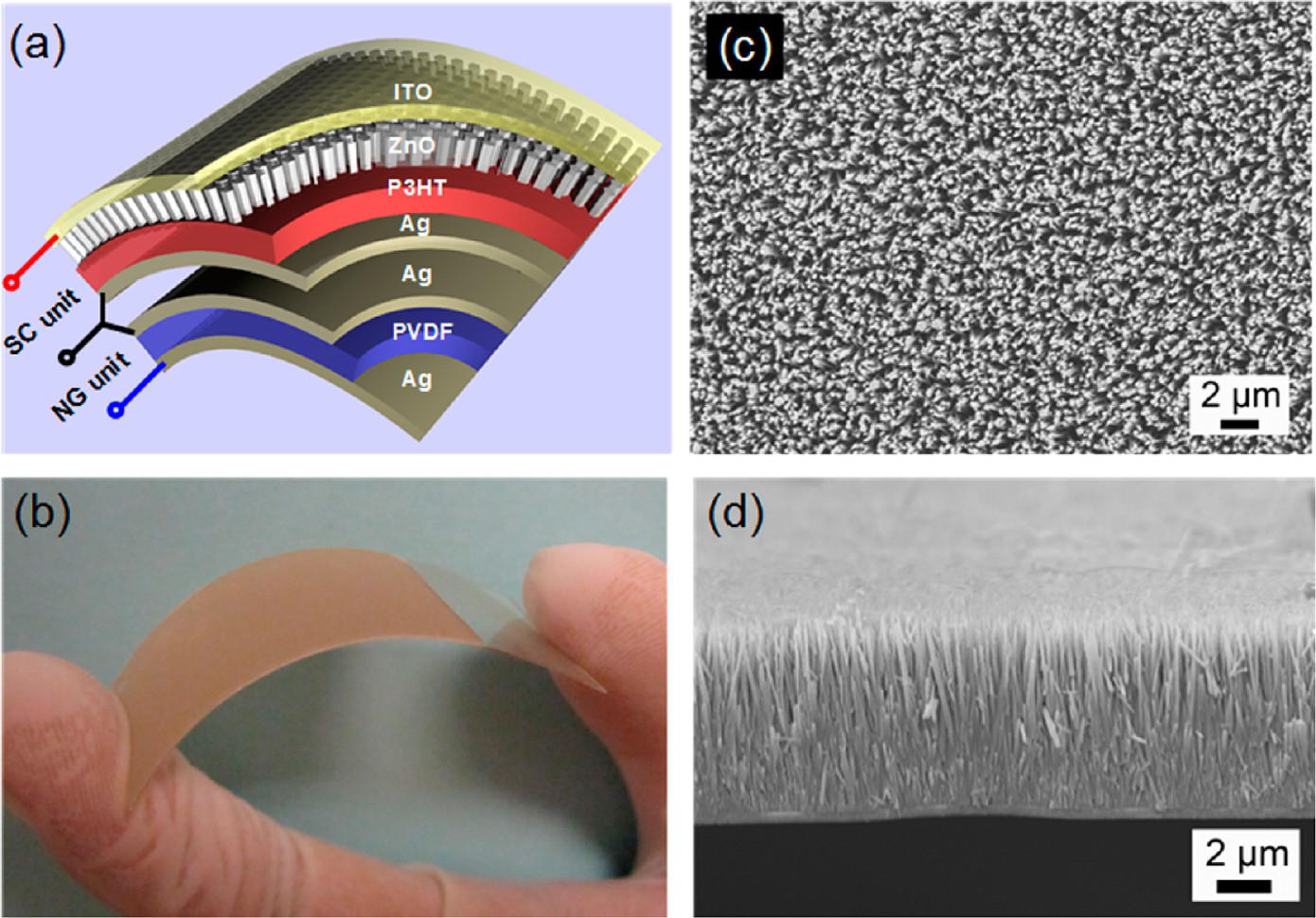Graphene-based batteries are expected to help move current battery technology past its current limitations in charging capacity and flexibility. Additionally, it has ideal thermal and electrical properties for energy storage applications.
From flexible electronics technology in the era of IoT and artificial intelligence toward future implanted body sensor networks

Flexible electronics technology dramatically changes the capability of sensors, which allows us to detect human biological signals not only on the skin but also inside the human body. Wearable sensors that stick to the skin surface can detect various biomechanical movements, biological signals, and byproducts such as useful elements from sweat and body temperature. On the other hand, implantable sensors directly or indirectly contact with biological components inside the body, such as tissue, organs, or muscles, to support or treat bodily functions or problems. With the development of these advanced sensors, we can live together with a huge number of sensors in the future. Toward body sensor networks that can be fully implanted in the future, sustainable energy sources that support the operation of sensors as well as the development of materials that enable long-term use inside the body remain challenges. In this review, we first summarize various state-of-the-art sensors in terms of flexible and wearable platforms. Additionally, we review the recent research trends of energy harvesters in mechanical and thermal energy conversion into useful electricity for the operation of the sensors. Furthermore, we cover recent studies in the aspect of materials for implantable sensors. Finally, we discuss future direction of the sensors that may enable implanted body sensor networks in the body.I. INTRODUCTION
Graphene Mobius Strip
Graphene superconductor a at magic angle Superlattice
 Graphene Quantec ~ magic angle superlattice animation.
Graphene Quantec ~ magic angle superlattice animation.
 Graphene Quantec ~ Moiré pattern at exactly 1.1 degrees.
Graphene Quantec ~ Moiré pattern at exactly 1.1 degrees.
 Graphene Quantec ~ Tunable twistable graphene BN device by Ribeiro-Palau et al.
Graphene Quantec ~ Tunable twistable graphene BN device by Ribeiro-Palau et al.
 Graphene Quantec ~ Half-filled and quarter-filled insulating states in θ = 1.33◦ by Xiaomeng Liu et al.
Graphene Quantec ~ Half-filled and quarter-filled insulating states in θ = 1.33◦ by Xiaomeng Liu et al.
Team at MIT lead by Pablo Jarillo~Herrero discovered that bilayer graphene
finely tuned at precise angle 1.1 degrees turns in a supercontactor [1]. This opened up the whole new area of investigation reffered to as twistronics with teams across the world expand on initial findings.
Rebeca Ribeiro-Palau with her team created a device where the angle between the layers can be dynamically tuned and thus presented a possibility for twistable electronics where the material properties can be changes on demand [2].
Xiaomeng Liu et al. reported that this setup can be further modified by application and tuning of an electric field perpendicular to the surface and inducing and in plane magnetic field that affects spin-polarized superconducting states in the graphene bilayer [3].
Source
David H. Freedman, “With a Simple Twist, a ‘Magic’ Material Is Now the Big Thing in Physics“, Quanta Magazine, April 30, 2019
Allan H. MacDonald, “Trend: Bilayer Graphene’s Wicked, Twisted Road“, APS Physics, May 6, 2019
[1] Y. Cao et al., “Unconventional superconductivity in magic-angle graphene superlattices” Nature, vol. 556, no. 7699, pp. 43–50, Mar. 2018.
[2] R. Ribeiro-Palau, C. Zhang, K. Watanabe, T. Taniguchi, J. Hone, and C. R. Dean, “Twistable electronics with dynamically rotatable heterostructures” Science, vol. 361, no. 6403, pp. 690–693, Aug. 2018.
[3] X. Liu et al., “Spin-polarized correlated insulator and superconductor in twisted double-bilayer graphene”,Mesoscale and Nanoscale Physics, Mar 2019
Graphene supercar from Lamborghini and MIT

Lamborghini and MIT’s graphene supercar
See our first posts that prompted cars to be made using graphene:
 QUANT by NanoFlowcell
QUANT by NanoFlowcell
 BAC Mono’s graphene car
BAC Mono’s graphene car
Hybrid Energy Harvester KBNNO
 KBNNO Perovskite
KBNNO Perovskite (a) XRD patterns
(a) XRD patterns(b) and (c) SEM images
(d) Absorbance (Abs) / hν
(e) (F(R)·hν)2 / hν
 (a) Fabricated hybrid energy cell, schematic (b) ZnO nanowire array grown on an ITO/PET substrate
(a) Fabricated hybrid energy cell, schematic (b) ZnO nanowire array grown on an ITO/PET substrate(c) SEM image of the ZnO nanowire array
(d) Cross-section of ZnO nanowire array
Perovskites have great potential as solar cell harvesters [2]
KBNNO is a perovskite is a hybrid energy harvester surpassing properties of ZnO and AlN [3]
[1] Ya Yang, Hulin Zhang, Guang Zhu, Sangmin Lee, Zong-Hong Lin, and Zhong Lin Wang, Flexible Hybrid Energy Cell for Simultaneously Harvesting Thermal, Mechanical, and Solar Energies, 2013
[2]
[3] Yang Bai, Tuomo Siponkoski, Jani Peräntie, Heli Jantunen, and Jari Juuti Ferroelectric, pyroelectric, and piezoelectric properties of a photovoltaic perovskite oxide, 2017
Faster Stronger Better QUANT 48VOLT
 Quant FE
Quant FE Quant 48VOLT
Quant 48VOLTNorthrop Grumman X-47B

Northrop Grumman X-47B tanks from Omega Tanker. PSC Graphene suggests that graphene would further improve that process.
Company Northrop Grumman has realized an experimental unmanned plane US Navy. The aircraft is capable of carrying 2 tons of load, has reach of 3900 km and the possibility to tank in air which extends its reach by several times. On top of that it reaches the speed no other drone can , 0.92 Ma.
Airborne car
The Israeli company, Urban Aeronautics, has made a prototype of a flying car that has the potential to greatly improve the military actions.
Other prominent example of flying cars prototypes are being developed by such companies as Lilium Aviation.
Graphene Perovskaite Solar Cells
Graphene nanoplatelets self-assemble into electrical contacts
Metal Halide Perovskaite Solar Cells have shown a very rapid growth in energy convesrion efficency from around 3 % in 2009 to 22.1 % reported in 2016 [1]. Last year in August scientist at EPFL have published their work on perovskite nanowire-graphene hybrid phototransistors claiming that they have created an outstanding photodetectors [2]. Another team of researchers from Italy have reported their perovskite-graphene solar cells to have efficiency exceeding 18 % [3].
Popular articles:
[1] Collavini, S., Völker, S. F. and Delgado, J. L., “Understanding the Outstanding Power Conversion Efficiency of Perovskite-Based Solar Cells”. Angewandte Chemie International Edition. 54 (34): 9757–9759, (2015)
[2] EPFL, Graphene-perovskite hybrids make new super-detectors, Aug 06, (2015)[6,7]
[3] Graphene-perovskite solar cells exceed 18% efficiency, Oct 05, (2016)
[4] Interview from Dr. Lioz Etgar, from the Hebrew University’s perovskite lab, Nov 28, (2016)
[5] Scientists present a novel and efficient semitransparent perovskite solar cells with graphene electrodes, Sep 11, (2015)
[6] Spina, M., et al, Microengineered CH3NH3PbI3 Nanowire/Graphene Phototransistor for Low-Intensity Light Detection at Room Temperature, Small, 11, No. 37, 4824–4828, (2015)
[7] Spina, M., et al, Supporting Information to above article, (2015)



